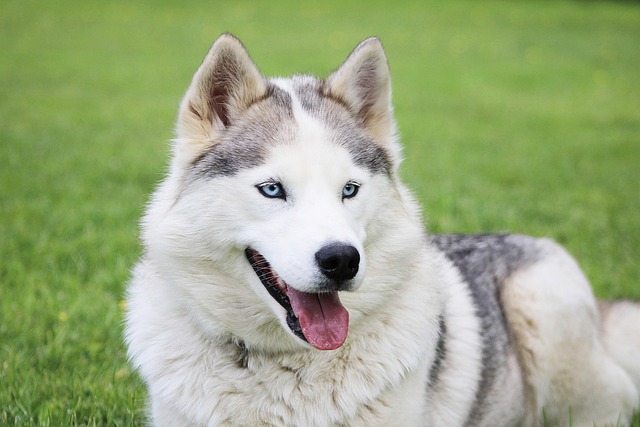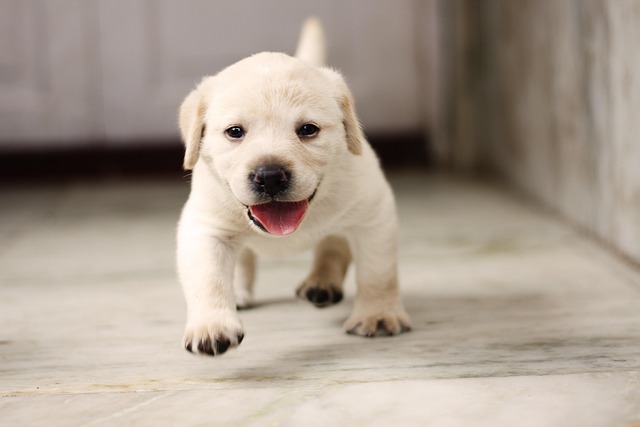
How to dog obedience training?
Dog obedience training isn’t just about teaching tricks—it’s how you build trust and keep your pup safe in busy neighborhoods, like when kids run by the park or a delivery truck rumbles down the street.
That hesitant look your rescue shepherd gives the crate—standing frozen three feet away, tail tucked—tells you everything about how he feels about enclosed spaces. Unlike puppies who approach life as a blank slate, many adult dogs have pre-existing crate associations ranging from indifference to outright fear. The good news? You can systematically change those associations using science-backed methods that respect your dog's emotional state while meeting practical needs.
The psychology behind successful crate training lies in classical conditioning—pairing the crate with positive stimuli until the brain automatically generates feel-good responses. When done correctly, this process triggers dopamine release rather than cortisol spikes, fundamentally rewriting your dog's emotional response. This is particularly valuable for dogs living in urban environments where crates provide safe transportation during emergencies or create calm spaces amid apartment living stresses. The goal isn't just tolerance but genuine preference—where your dog voluntarily chooses the crate as their safe haven.
Start by ditching the "crate" label and calling it a "den"—this mental reframing helps you approach training with more patience. Place the open crate in a quiet but socially significant area (like the living room corner) and make it irresistibly comfortable with memory foam bedding and your old t-shirt. Begin with "drive-by treats": casually tossing high-value rewards like dried salmon near the crate without expecting entry. Progress to placing puzzle toys filled with peanut butter halfway inside, allowing your dog to retrieve them without confinement. Once voluntary entry occurs, practice "door manners": closing the door for mere seconds while feeding treats through the wires before immediately reopening. For noise-sensitive apartment dogs, play calming music during sessions to mask elevator and hallway sounds.

This positive approach aligns with evolving animal welfare standards across the U.S. and EU. While crates are widely accepted in American households, countries like Finland require proof of behavioral need for prolonged confinement. Regardless of location, remember that crate training complements—rather than replaces—legal responsibilities: maintain current rabies vaccinations (required even for primarily indoor dogs), and always carry biodegradable waste bags during training-related potty breaks. If your dog shows anxiety during training, never use force—step back to earlier successful stages, demonstrating the patience that modern positive reinforcement training requires.
Ultimately, the crate should become your dog's favorite retreat—a place where they voluntarily nap or chew toys. When introduced with empathy and consistency, it transforms from a metal box into a security blanket, giving your dog control over their environment while providing you peace of mind. That’s a win-win that makes every moment of patience worthwhile.

Dog obedience training isn’t just about teaching tricks—it’s how you build trust and keep your pup safe in busy neighborhoods, like when kids run by the park or a delivery truck rumbles down the street.

You're standing in the pet store aisle holding a collapsible metal crate, wondering if this purchase will be your new puppy's safe haven or an emotional prison.

You've set up the perfect crate with a cozy bed and treats, but after three days your new rescue still whines when you close the door.

You’ve followed all the advice—bought the perfectly sized crate, stocked up on fancy treats, and even got that cozy orthopedic bed

That hesitant look your rescue shepherd gives the crate—standing frozen three feet away, tail tucked—tells you everything about how he feels about enclosed spaces.

Yorkies are tiny, energetic pups, but their small size can make house training tricky—especially when they start leaving little messes around the house.